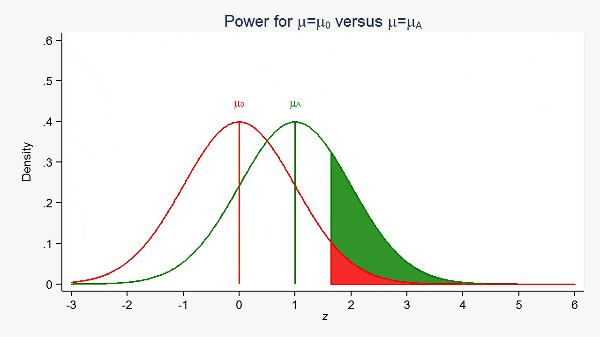Permission is granted to copy, distribute and/or modify this document under the terms of the GNU Free Documentation License, Version 1.2 or any later version published by the Free Software Foundation; with no Invariant Sections, no Front-Cover Texts, and no Back-Cover Texts. A copy of the license is included in the appendix entitled GNU Free Documentation License.
Probability is the numerical measure of the likelihood that an event will occur. So it can be used as a measure of the uncertainty associated with an event. This measure of uncertainty occupied human minds for centuries, mostly motivated by gambling.
Aside from the elementary work by the Italian scientist and gambler Gerolamo Cardano (1501--1576), who also invented complex numbers, the doctrine of probabilities dates to the works of Pierre de Fermat (1607--1665), Blaise Pascal (1623--1662), Christiaan Huygens (1629--1695), Jacob Bernoulli (1654--1704), Abraham de Moivre (1667--1754), Pierre-Simon Laplace (1738--1827), Johann Carl Friedrich Gauss (1777---1855), and many others. Nevertheless, the modern theory of probability based on the measure theory was developed by the Russian mathematician Andrey Kolmogorov (1903--1987) in 1931.
Probability theory is applied in everyday life in risk assessment and modeling. The insurance industry and markets use actuarial science to determine pricing and make trading decisions. It helps a decision maker evaluate possible actions and determine the best course of action.
